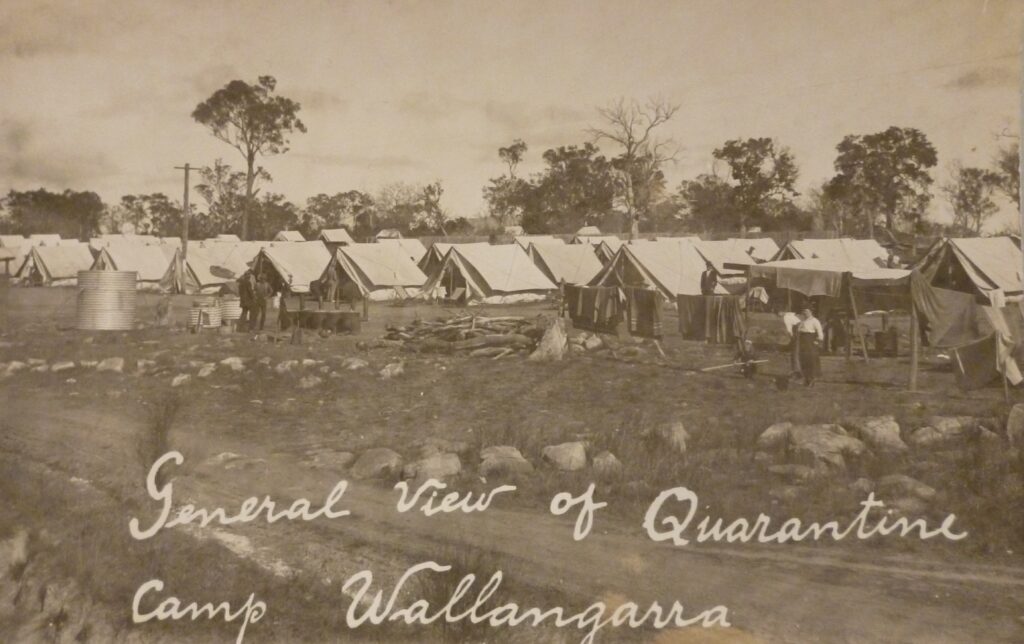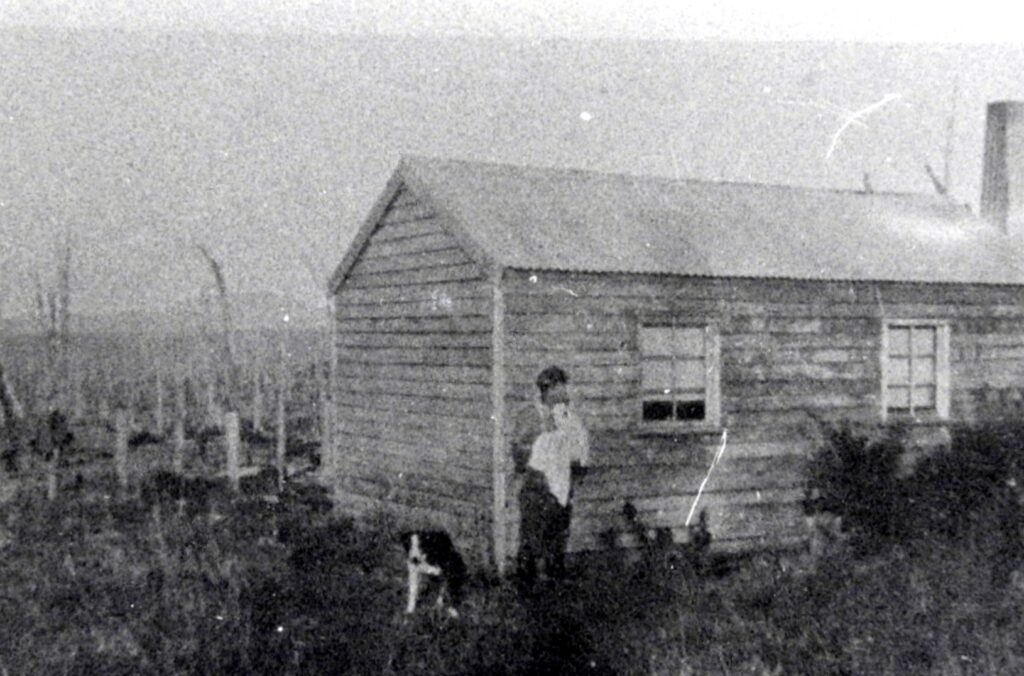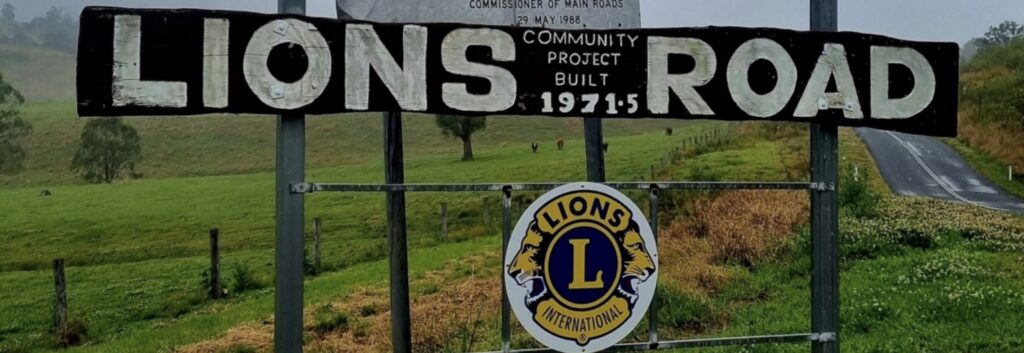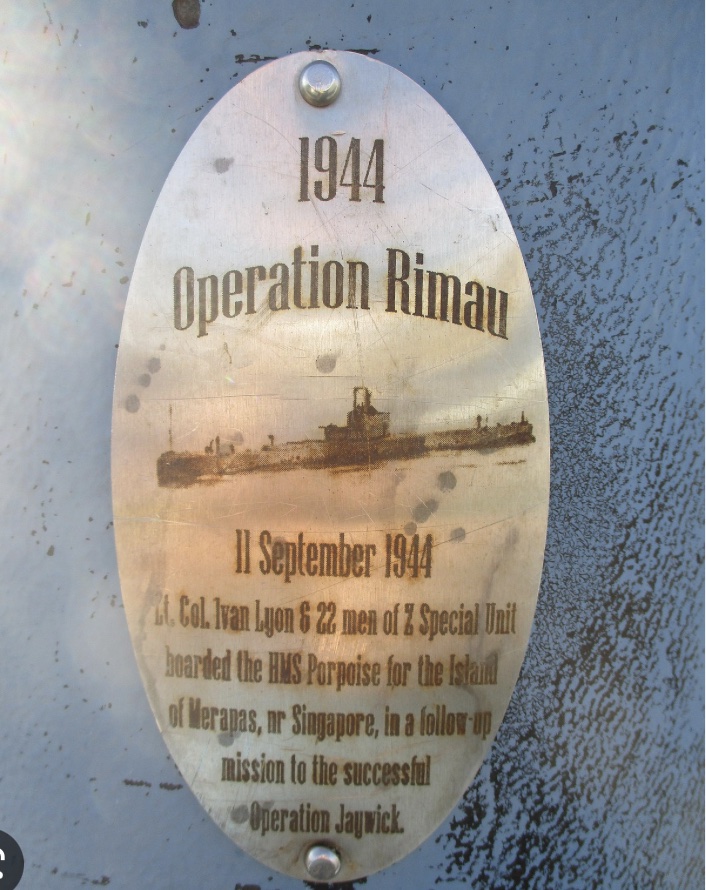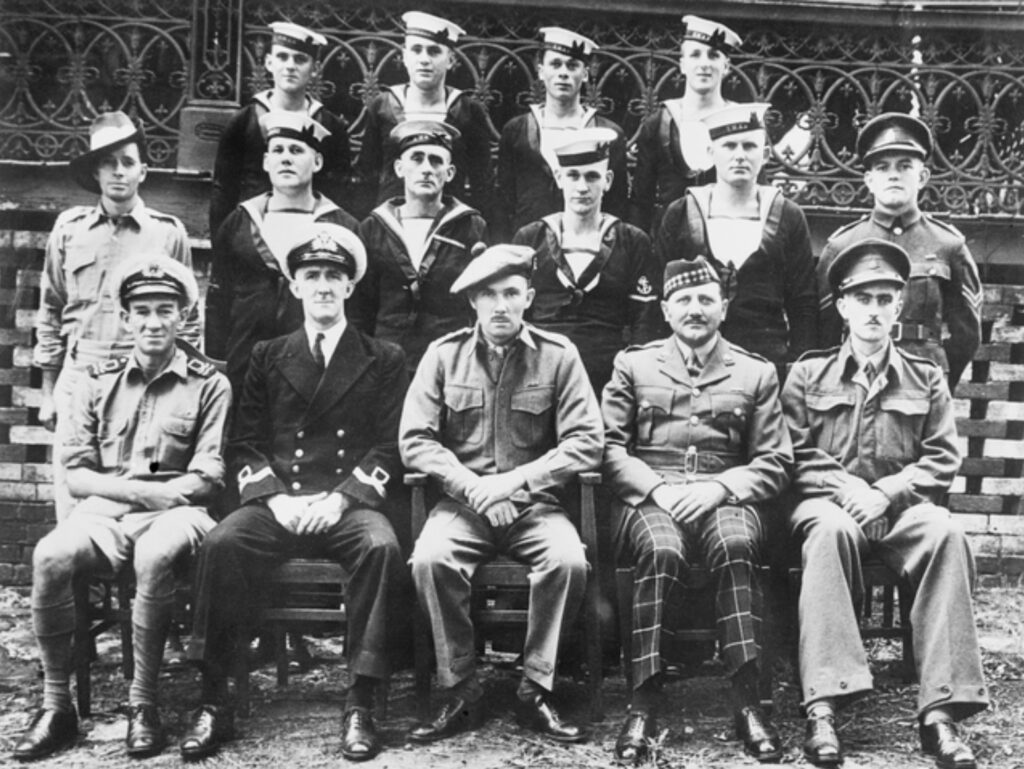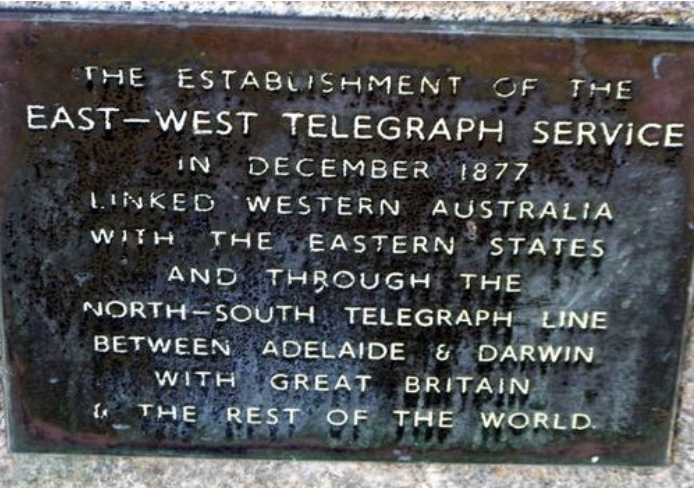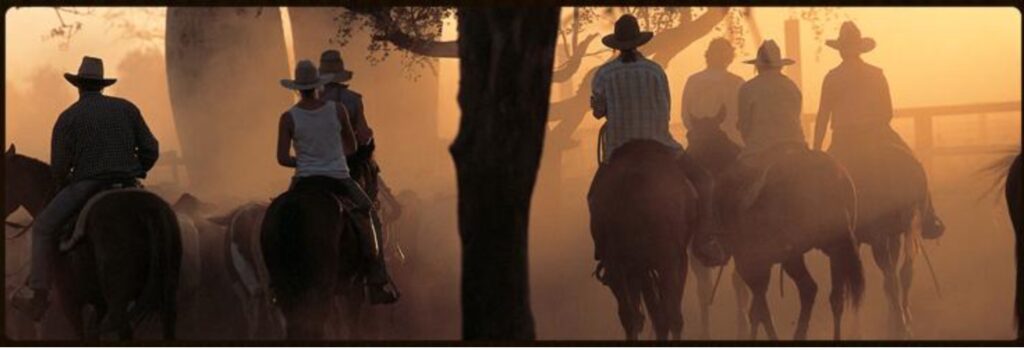Darwin
50 years since a dream became a reality
The idea
Nestled deep in the Gradys Creek Valley on the southern side of the McPherson Range, which separates New South Wales from Queensland, lie several properties, a small school and a community hall. There is no communal area or village, but it is known as The Risk. The name came from the first settler who decided to take a risk to ride over the mountain. … Read more
Z Special Unit Part 3 – the fate of the Jaywick and Rimau men
What happened to Bill Reynolds?
In Part 1, I provided details about Bill Reynolds’ heroic work rescuing civilians affected by the fall of Singapore aboard the Kofuku Maru, which was renamed as the Krait and played a pivotal role in the success of Operation Jaywick.
While Reynolds wasn’t part of Jaywick, he delivered the Krait to Australia and was going to captain the vessel on the daring raid to Singapore Harbour.… Read more
Z Special Unit Part 1 – Operation Jaywick, the remarkable mission behind enemy lines
Introduction
This month 80 years ago, a small, unassuming ex-Japanese fishing vessel was pivotal in an audacious and successful secret commando operation by a handful of courageous Australians against the mighty Japanese war machine during World War II. Its history and how it got into Australian hands is remarkable. So is the bravery of its crew.… Read more
Connecting Western Australia to the rest of the world
Introduction
The first telegraph message in the world was sent on 24 May 1844, using Morse code, a system of dots and dashes representing letters of the alphabet. The system was invented by Samuel Morse, inspired by the fact that when his wife died in 1825, he did not hear of the event until days after her funeral due to the slowness of communications at the time.… Read more
Another emergency disaster failure – the 2022 New South Wales floods in Northern NSW
“I am seeking [local and state government departments] to work together and take action instead of pointing the finger at someone else whilst your citizens experience a crisis that can be avoided or at the very least less impactful.” Submission to Select Committee Inquiry into 2022 NSW Floods.
Introduction
In February and March last year, New South Wales experienced widespread rainfall, which resulted in extensive flooding in some areas across the state.… Read more
Even more war stories – how Australia came under attack from air raids during WWII
My previous war story blog provided details of the bombing of Darwin and the subsequent battles against the Japanese in the Coral Sea and Papua New Guinea.
After the bombing of Darwin on 19 February 1942, the Japanese carried out further air-borne attacks across northern Australia. In total, between March 1942 and November 1943, the Japanese flew 64 bombing/strafing raids on Darwin alone and 33 bombing/strafing raids on other targets in Northern Australia.… Read more
Cattle kings – the rise and fall of pastoralism in the East Kimberley region
“The East Kimberley is the land of blacks, Sacks [another prolific local clan thought to be Irish] and bloody Duracks“. Anon
“If one were to paint this country in its true colours, I doubt it would be believed. It would be said at least that the artist exaggerated greatly, for never have I seen such richness and variety of hue as in these ranges and in the vivid flowers of this northern spring.”… Read more
Some more war stories – when war came to Australia
During our travels to the Top End and following on from my earlier blog, ‘Some War Stories’, I have learned more about northern Australia’s involvement during WWII, particularly the bombing of Darwin in February 1942. Growing up in Sydney, I learnt about the Japanese submarine raids in the harbour. Still, I never heard anything about the broader invasion threats to Australia during the war.… Read more
